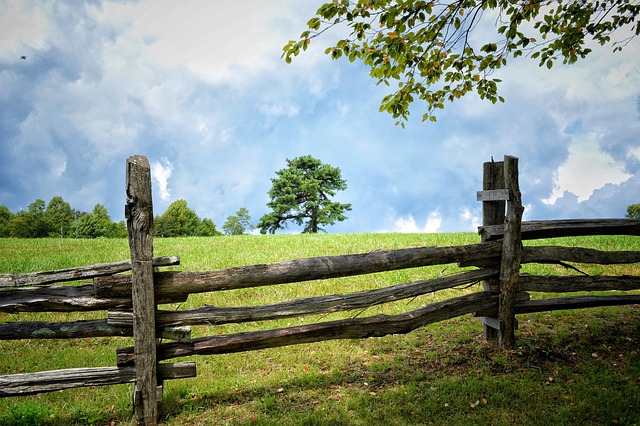DIY Fence Installation Tips for New Bedford, Massachusetts Homeowners
Considered an essential addition to any property, a fence not only enhances curb appeal but also provides security and privacy. For New Bedford homeowners looking to install a fence themselves, this guide offers invaluable insights. From understanding your fence options tailored to New Bedford yards, to step-by-step planning, preparation, assembly, and final touches, you’ll discover the secrets to a sturdy, secure fence that protects your home and family.
- Understanding Your Fence Options for New Bedford Yards
- Measuring and Planning for Successful Installation
- Preparing the Ground: A Step-by-Step Guide
- Assembly and Placement Techniques for Sturdy Fences
- Security Features and Final Touches for Home Protection
Understanding Your Fence Options for New Bedford Yards
Measuring and Planning for Successful Installation
Before you start installing your new fence, accurate measuring and planning are crucial. Take time to walk around your property and decide on the fence’s layout and design, considering factors like existing structures, trees, and desired privacy levels. Mark out the perimeter with string or flags for a clear visual guide.
Next, measure the length and height requirements carefully. Ensure you have the necessary tools, such as a tape measure, level, and post-hole digger, ready for the job. Planning ahead includes identifying potential challenges like uneven terrain or boundary disputes to ensure a smooth installation process.
Preparing the Ground: A Step-by-Step Guide
Preparing the ground is a crucial step in DIY fence installation. Start by removing any vegetation, such as grass, weeds, or shrubs, within the designated fence line. Use gardening tools like a shovel or weed wacker to clear an area at least 1-2 feet wider than your fence’s length and depth. This ensures there’s enough space for post holes. Next, assess the soil type; if it’s clay or hard packed, consider digging deeper holes as these materials can be more challenging to work with. Loosen compacted soil with a fork or spade to improve drainage and make posting easier. For added stability, some experts recommend mixing a small amount of gravel into the soil at the bottom of the holes.
Assembly and Placement Techniques for Sturdy Fences
When assembling your fence, always start by referring to the manufacturer’s instructions. These guidelines will ensure a sturdy structure tailored to your specific fence design. Begin by laying out the posts in their designated locations, ensuring they are level and evenly spaced. Use stakes or string to mark the placement for accurate positioning. Once in place, attach the horizontal rails securely to the posts with brackets or screws, depending on the fence’s construction.
For a robust fence, consider using pressure-treated wood or steel posts, which offer better resistance to rot and rust. Make sure any joints are sealed properly with caulk or protective coating to maintain structural integrity over time. Regularly inspect your fence for loose connections or damaged components, addressing these issues promptly to preserve its longevity.
Security Features and Final Touches for Home Protection
When installing a fence, New Bedford homeowners should consider security features to protect their properties effectively. Incorporate sturdy gate locks and handles for easy access while ensuring safety. Add lighting along the fence line to deter potential intruders during the night. These simple yet powerful additions enhance overall home protection.
Additionally, apply the final touches with decorative elements like posts or caps, which not only elevate the aesthetic appeal but also reinforce structural integrity. Regular maintenance, such as keeping the fence clean and treated against rot or damage, ensures longevity and maintains the security it provides.
